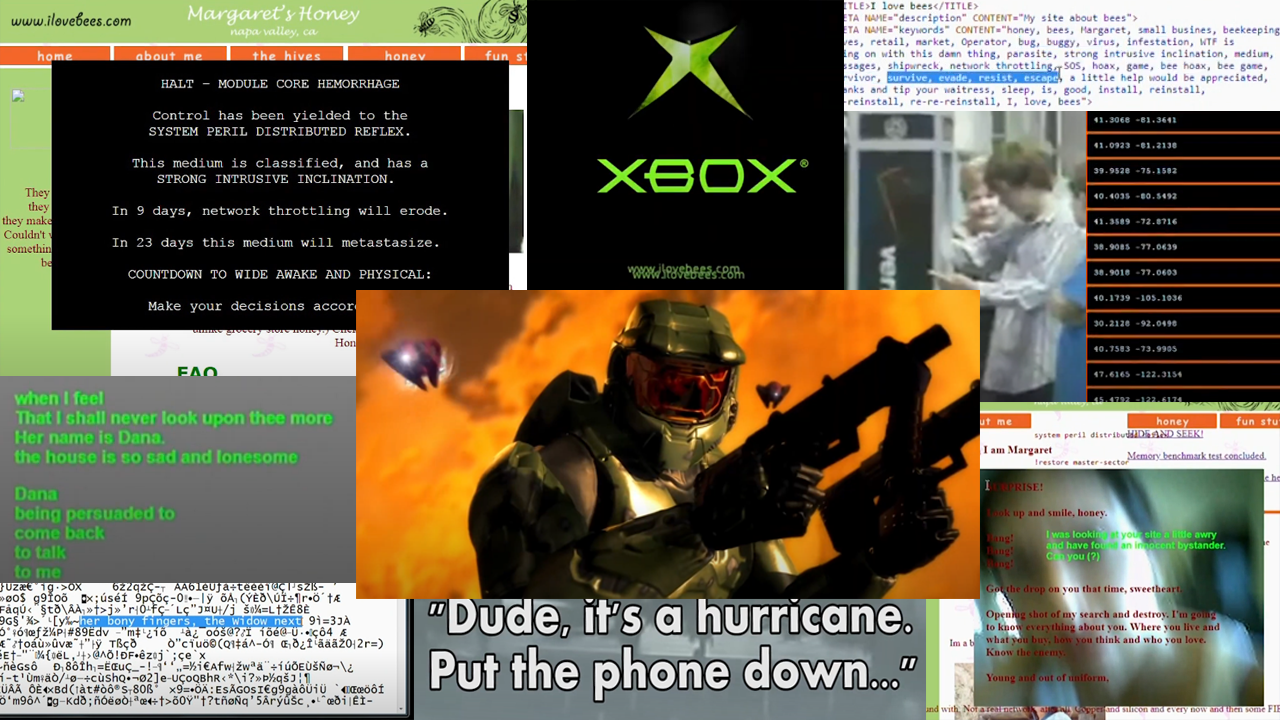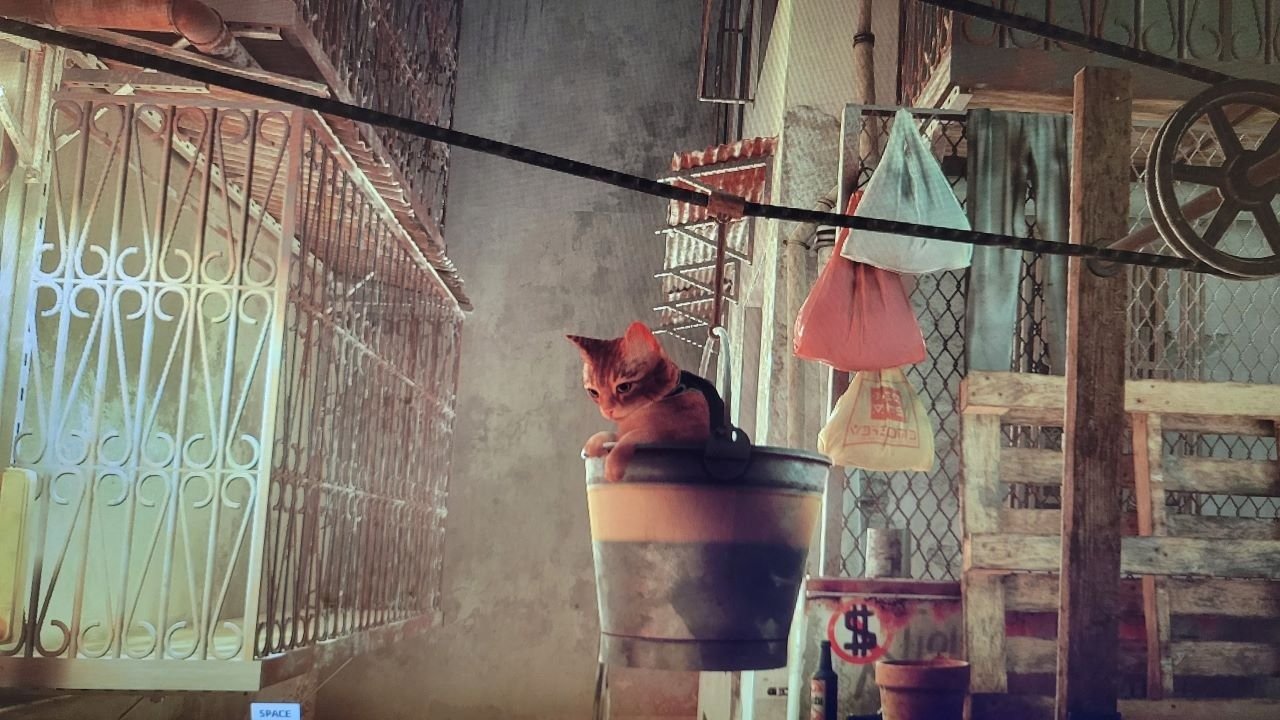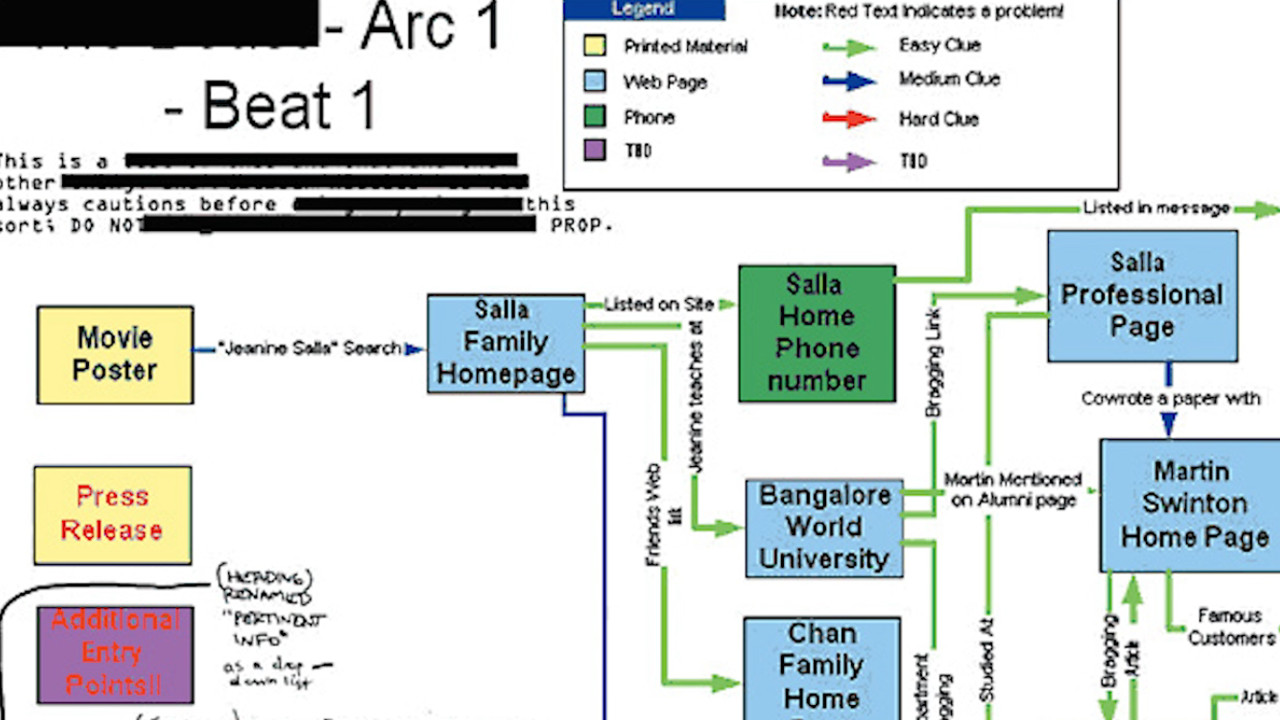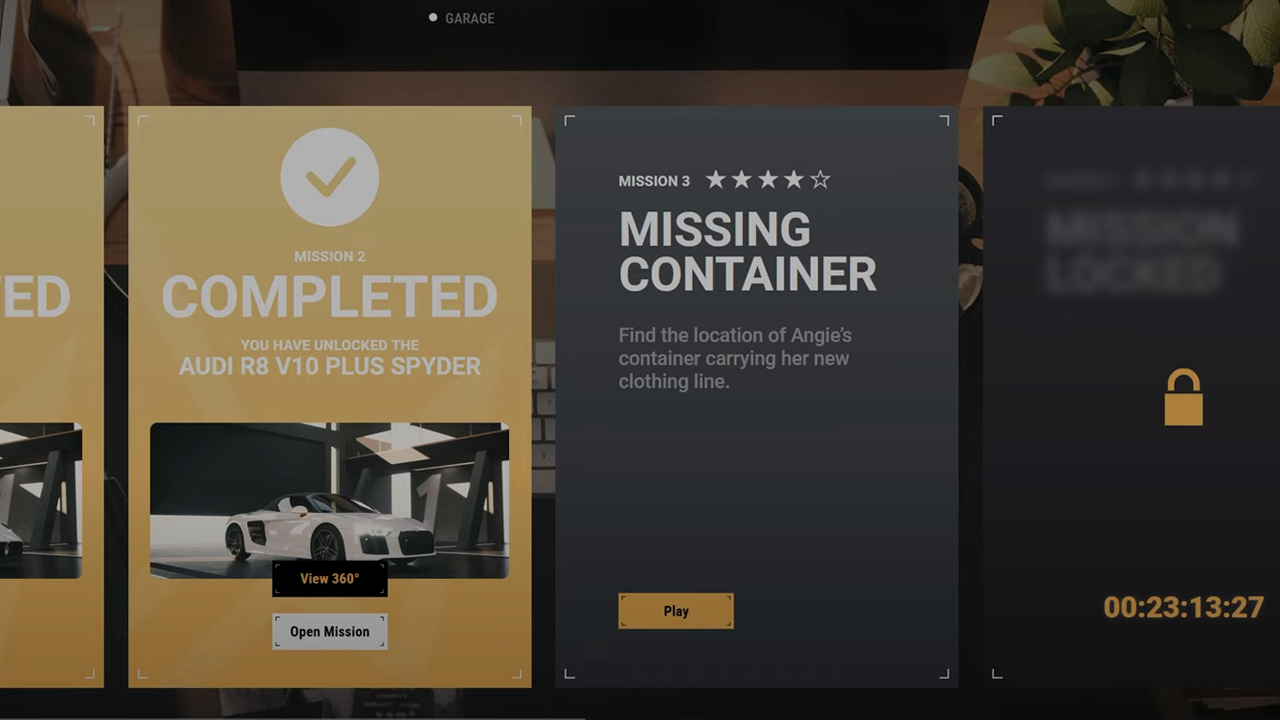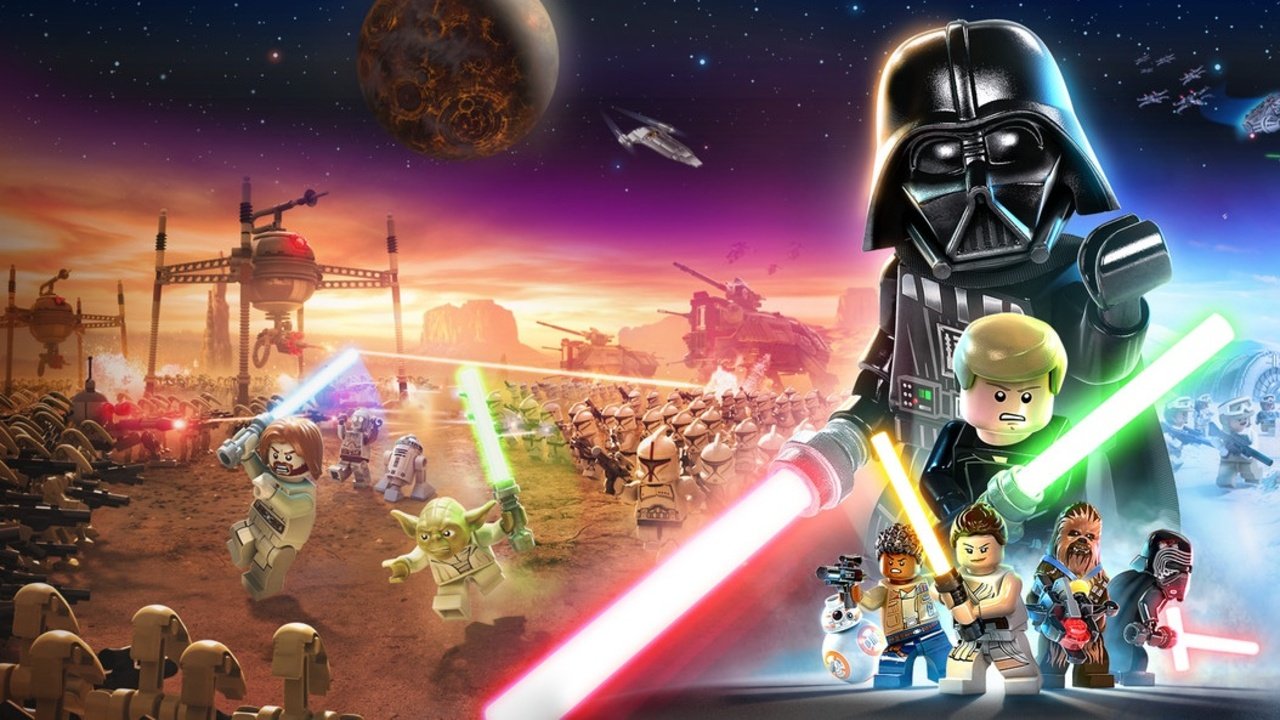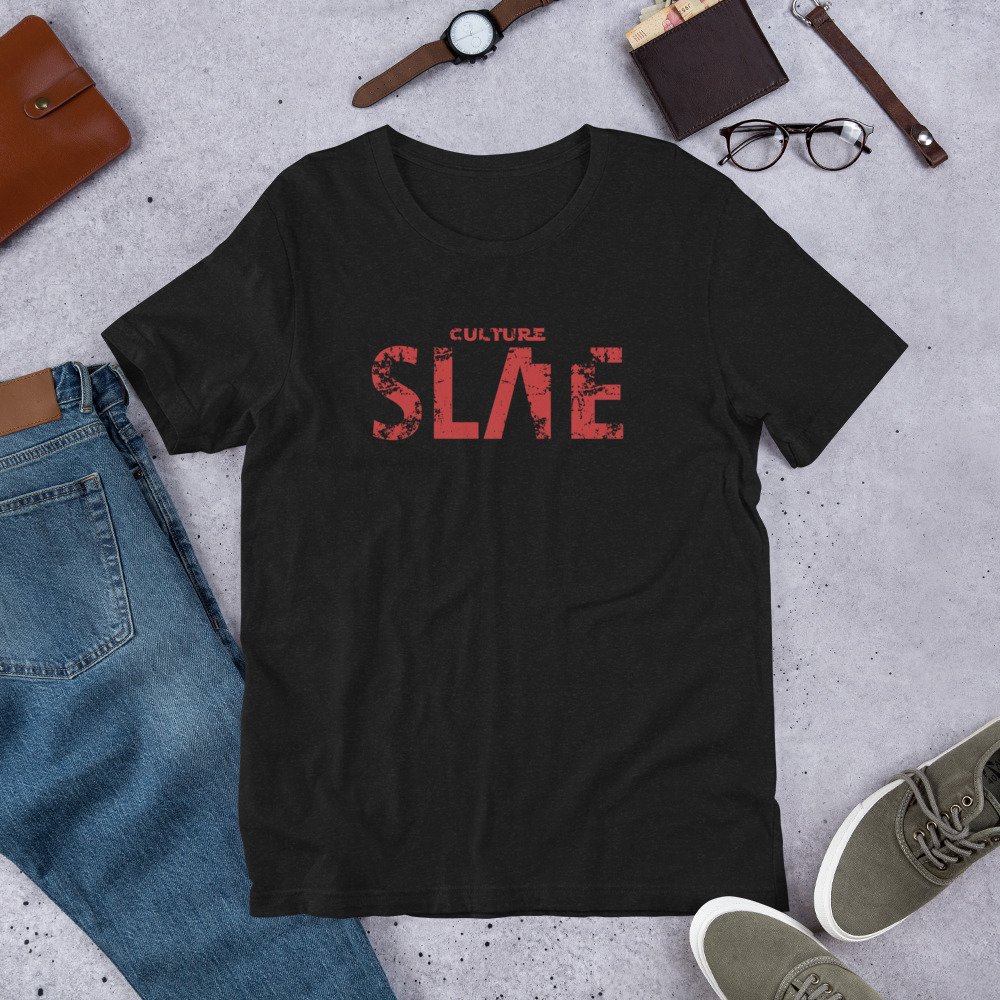The Growth And Engagement Of Alternate Reality Games
Image Source: CultureSlate
The Hollow Knight community thought they were in the midst of an ARG upon seeing a developer for Silksong teasing an announcement. That was shot down, but after so long, an ARG building to the release date for Silksong would be a great thing to happen. But, just what is an ARG?
ARG stands for Alternate Reality Game. Used in marketing, it can bring players of an ARG to connect with what’s being advertised in a deeper way than more traditional marketing. It puts them into the narrative surrounding the game, film, or series through the use of real-world platforms. The key is to spark the curiosity of people, get them communicating and uncovering the pieces across any medium the designer feels is best for that story.
RELATED:
In early 2001, one of the first ARGs was successfully implemented to advertise Steven Spielberg’s A.I. Artificial Intelligence. Marketing material credited a Sentient Machine Therapist as part of the crew. Jeanine Salla would bring players who looked her name up to the year 2142, where a phone call to her would uncover more websites from this year. Everything that was being discovered revealed a story about a murdered man name Evan Chan, with players being part of that story. Solving puzzles, phoning fictional people, and even attending anti-robot rallies held in New York, Chicago, and Los Angeles.
Image Source: Peabody Awards
Such a marketing stunt, that kept players engaged for over six months, took a team of people to create. To keep consistent in its world, and keep people interacting with it. The ARG would come to be known as The Beast. Sean Stewart, lead writer of the project, revealed a bit on how it came together, and bringing Jordan Weisman’s idea to life.
“Jordan’s idea was that we would tell a story that was not bound by communication platform: it would come at you over the web, by email, via fax and phone and billboard and TV and newspaper, SMS and skywriting and smoke signals too if we could figure out how. The story would be fundamentally interactive, made of little bits that players, like detectives or archaeologists, would discover and fit together. We would use political pamphlets, business brochures, answering phone messages, surveillance camera video, stolen diary pages… in short, instead of telling a story, we would present the evidence of that story and let the players tell it to themselves.”
More than a million people took part in The Beast, with the ARG gaining international media attention from the likes of the BBC, New York Times, and many others. It was a costly marketing campaign, with hard figures unknown, but one that was memorable. That stood out from the crowd.
Such that other companies would attempt marketing through the use of Alternate Reality Games. Around the same time as The Beast, EA were working to monetise the concept of the ARG through a subscription-based game known as Majestic. The $10 million project failed to attract people to take part, which had companies reconsidering promotion through ARGs.
Image Source: YouTube
However, a community started to grow around Alternate Reality Games, with many amateur efforts attracting thousands to uncover the stories of these non-profit projects such as Lockjaw and Metacortechs. Noting these successes, companies reconsidered the impact an ARG could have on advertising. A very notable ARG came from Microsoft, advertising Halo 2. Entitled I Love Bees, it revealed a story through the corruption of a website. It brought players into discovering what was going on, including scattering across the USA to find payphones.
Both The Beast and I Love Bees are great examples of strong ARGs. The writing of them brings players into the world. There are interactive elements as puzzles are solved, communication held with others, and everyone uncovering the story at the same time. Bringing these stories into the real world allows for a greater form of interaction with them than just a singular medium would. It allows them to cross that barrier from fictional to reality. The strongest ARGs hide the fact they are simply a game, with no announcements to bring players on board. It is all organically found, with no trace of a developer name attached.
As someone who was looking forward to Test Drive Unlimited Solar Crown, the ramping up of marketing for it in 2024 included an Alternate Reality Game. That was announced, which had its own website where each of the missions would be given, and had very little in terms of a mystery or story hook to keep engagement high. It felt a very disappointing ARG to follow along with, even if it was fun to see how these missions were being solved. Said missions were the strongest part of it, offering puzzles which had people cross-referencing data and using real world knowledge of Hong Kong Island.
Though ARGs are unlikely to reach the highs of those initial days, where millions took notice of them, they have become known as a great way of engaging an audience to draw them into a fictional world. Even the amateur efforts, which remain strong to this day, pull in thousands looking to engage in some real-world interactive storytelling. And though many are announced to give a starting point for fans, some mysterious clue could lead to the next big marketing stunt known as an Alternate Reality Game.
Sources: Immersive Experience Network, Game Developer
READ NEXT:

